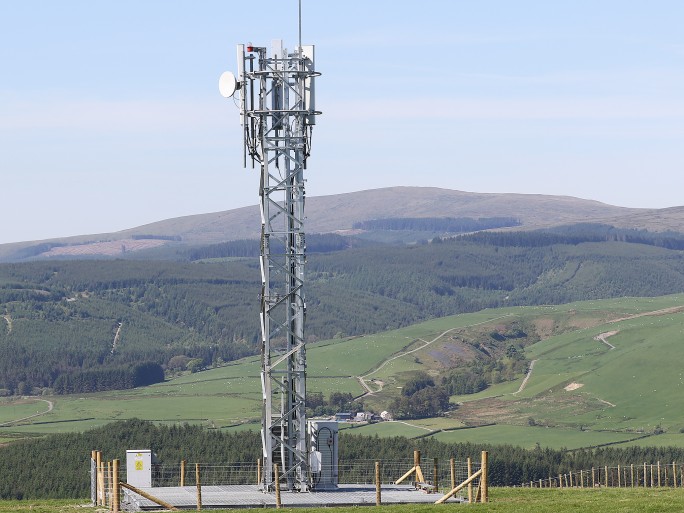Rural 5G Could Mean Taller Mobile Masts

Government plans to speed up 5G rollout could result in taller mobile phone masts in rural areas
Digital connectivity and 5G drive in the UK could see the installation of taller and bigger mobile phone masts in rural areas, so they can carry more transmitters and antennas.
The digital secretary, Nicky Morgan, confirmed at the weekend in a newspaper article that existing planning restrictions could be shaken up and that mobile masts could be invested in by multiple operators.
The deployment of 5G networks is also being hampered by the delayed government decision over whether to allow the use of 5G equipment from Chinese vendor Huawei. The government has said that a decision will be made in the Autumn.
![]()
5G Masts
Writing in the Daily Telegraph, Nicky Morgan stated that she wanted to shake up planning restrictions to allow mobile phone operators to build ground-based masts exceeding the current rules prohibiting structures over 25 metres (82 feet) in height on public land, in order to avoid mobile blind spots.
At the moment, councils need to give their planning permission, but this could be overturned in the mobile mast shakeup.
The shakeup comes as unlike 3G and 4G, networks for 5G require more transmitting stations than previous technologies. Indeed, it has been previously reported that the UK would need an additional 400,000 mobile masts to ensure decent 5G coverage.
Nicky Morgan has reportedly launched a consultation on the plans, and she said that “slightly taller” masts would mean they could carry more equipment and “potentially stop the proliferation of other masts – or even take away some.”
Planning changes
“To give such a proposal the best chance of success we need to make it easier for industry to build, share and upgrade mobile infrastructure,” she was quoted as saying by the Guardian newspaper. “This means planning rules will be relaxed to enable existing ground-based masts to be strengthened without prior approval to enable sites to be upgraded for 5G and for mast-sharing.”
She said there was a need to “get the balance right” between preserving the “sacrosanct” countryside and improving digital connectivity.
The government has reportedly set aside £30 million for a 5G competition called the Rural Connected Communities competition, that will see operators test 5G applications in ten rural locations.
In 2017 Lord Adonis said that ‘urgent and radical action’ was needed from Ofcom to eliminate ‘digital deserts’ and poor home broadband in rural areas.
Meanwhile an expert has said that whilst taller towers with expand coverage, there are a number of other issues that have to be taken into account.
“Taller masts can certainly help to expand potential coverage. But there are additional challenges that network engineers face when using taller masts,” explained Suzanth Subramaniyan, head of analysis, 5G radio access networks at IHS Markit.
“First, taller masts will bring the most benefit if the surrounding terrain is flat,” said Subramaniyan. “If there are significant hills, or potentially buildings in the path of the signal, taller masts likely won’t have as big of an impact.”
“Second, taller masts can expand the signal footprint, but this larger coverage also means that there is a higher potential for noise or interference,” said Subramaniyan. “In short, taller masts will potentially offer better coverage, but they make network optimisation even more important. Creating a robust and reliable 5G network is a complicated undertaking and certainly isn’t as simple as flipping a switch.”
Do you know all about broadband and the ultra-fast future? Try our quiz!